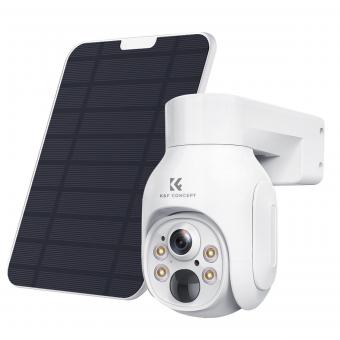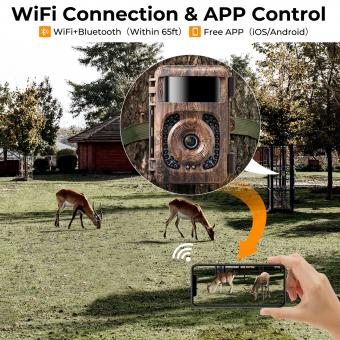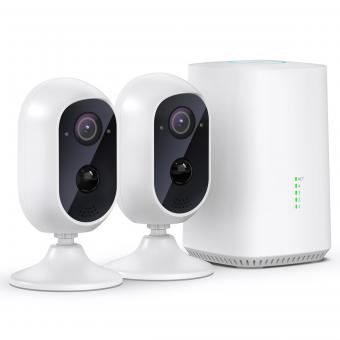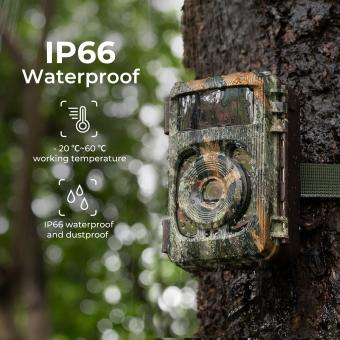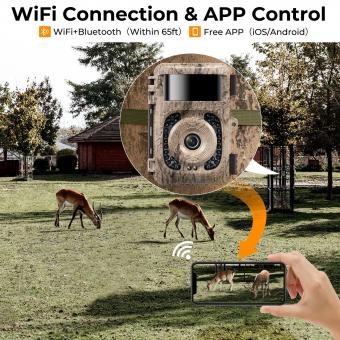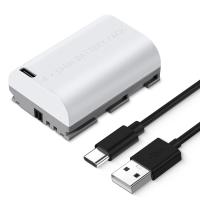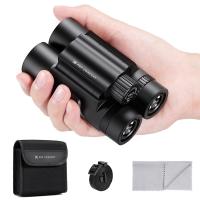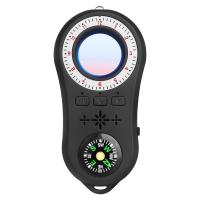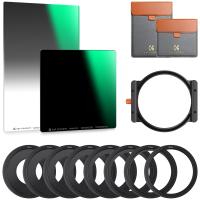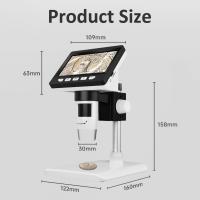How Do Wireless Security Camera Systems Work?
Wireless security camera systems have rapidly become a popular choice for both residential and commercial security needs, providing a blend of flexibility, ease of installation, and the promise of advanced features without the need for extensive wiring. Understanding how these systems operate is crucial for anyone considering their installation. In this article, we will delve into the underlying technology, the key components, how they communicate, and the security aspects of wireless security camera systems.
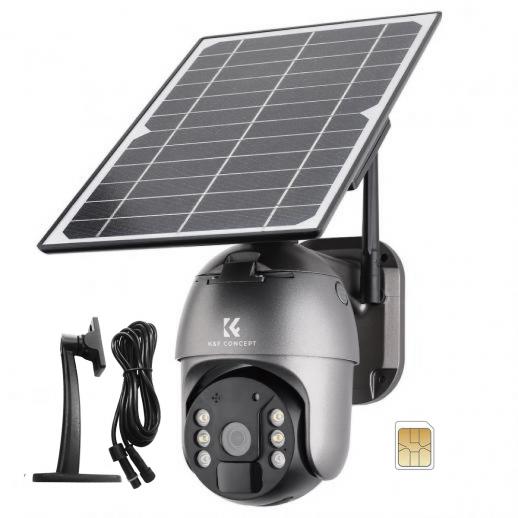
Understanding the Basics
A wireless security camera system essentially works by capturing video footage and transmitting it via a wireless signal to a receiver or storage device. Unlike traditional wired systems that depend on cables for both video signal transmission and power supply, wireless systems typically use Wi-Fi or other wireless protocols to achieve the former, while still often requiring a wired power source.
Key Components of Wireless Security Camera Systems
1. Camera Units:
- Types of Cameras: There are several types of cameras used in wireless systems, including bullet cameras, dome cameras, and PTZ (pan-tilt-zoom) cameras. Each has specific benefits depending on their intended use.
- Image Sensors: Cameras are equipped with image sensors like CMOS or CCD that capture the visual data.
- Lenses: The quality of the images can also depend on the lenses, which may include features such as zoom capabilities and infrared for night vision.
2. Wireless Transmitter/Receiver:
- Cameras have built-in transmitters that send video signals to a receiver or directly to a router.
3. Storage Options:
- Video footage can be stored in various forms such as Network Video Recorders (NVRs), Cloud storage, or onboard SD cards.
4. Power Supply:
- While most often wireless in terms of data transmission, the cameras usually require a power source, which can be an electrical outlet or battery-operated solutions.
5. Software/Application:
- To manage the cameras and recorded footage, users rely on software applications that offer functionalities such as live streaming, motion detection alerts, and remote access from mobile devices.
How They Communicate
The primary communication method for wireless security cameras involves Wi-Fi. Here’s a closer look at the process:
1. Wireless Signal Transmission:
- Once the camera captures video, it converts the footage into a digital signal which is then transmitted wirelessly to a receiver, often a router.
2. Wi-Fi Standards:
- Most modern systems use Wi-Fi standards such as 802.11n or 802.11ac, which offer higher data transfer rates and broader bandwidth, ensuring smooth video streaming.
3. Direct Streaming:
- Some cameras use direct streaming to send data to cloud servers, facilitating convenient remote access via an app or web interface.
Setting Up a Wireless Security Camera System
1. Camera Placement and Coverage:
- Proper placement of cameras is key. Typical points include entrances, perimeters, and high-traffic areas. Ensure cameras are within the Wi-Fi range of the router for effective transmission.
2. Power Supply:
- Connect cameras to a reliable power source. For battery-operated models, ensure regular charging or use solar power setups if available.
3. Network Configuration:
- Connect cameras to the local Wi-Fi network using the compatible app. Configure settings such as SSID and password to secure the network.
4. Storage Setup:
- Choose between local storage (SD cards) or cloud storage based on available options and preferences. Cloud storage often offers the benefit of remote access and data durability.
5. Integration and Testing:
- Fully integrate the cameras with the software or app. Perform testing to ensure coverage areas are monitored appropriately, and the feeds are transmitting without interference.
Advantages of Wireless Security Camera Systems
1. Easy Installation:
- One of the primary benefits is the simplicity of installation, eliminating the need for extensive wiring.
2. Flexibility:
- Such systems can be easily relocated as needed without major reconfiguration or new cabling.
3. Remote Monitoring:
- Most systems support remote access, enabling users to monitor their property through mobile devices from anywhere in the world.
4. Scalability:
- It’s relatively simple to add more cameras to an existing system as requirements evolve.
Security Considerations
While wireless systems offer numerous benefits, they are not without their potential vulnerabilities. Users must address these to ensure the robustness of their security setup:
1. Network Security:
- Use strong, unique passwords for both the Wi-Fi network and the app used to manage the cameras. Enable network encryption protocols like WPA3.
2. Firmware Updates:
- Regularly update the firmware to patch any security vulnerabilities and add new features.
3. Camera Encryption:
- Ensure the cameras themselves support encrypted data transmission to prevent interception.
4. Awareness of Interference:
- Wireless signals can be affected by obstacles and other electronic devices which can cause interference. Position cameras to minimize such issues.
Practical Applications
Wireless security camera systems are highly versatile. Here are some of their practical applications:
1. Residential Use:
- Homeowners use these systems to monitor entry points, driveways, backyards, and even the interiors of their homes.
2. Commercial Surveillance:
- Businesses deploy wireless cameras to monitor premises, safeguard merchandise, and secure customer areas.
3. Construction Sites:
- Temporary and often remote, construction sites benefit from the ease of installation and relocation of wireless systems.
4. Smart Home Integration:
- These systems can be integrated into broader smart home ecosystems, working in sync with other devices like smart locks and alarms.
Conclusion
Wireless security camera systems represent a technological leap in the field of surveillance, providing users with a convenient, flexible, and often more comprehensive security solution. By understanding how they work, their components, advantages, and security considerations, users can effectively leverage these systems to protect their homes and businesses.
In choosing the right system, considerations around placement, power supply, network security, and storage preferences play a significant role. When properly implemented and maintained, wireless security camera systems can offer peace of mind and robust security in an increasingly interconnected world.

